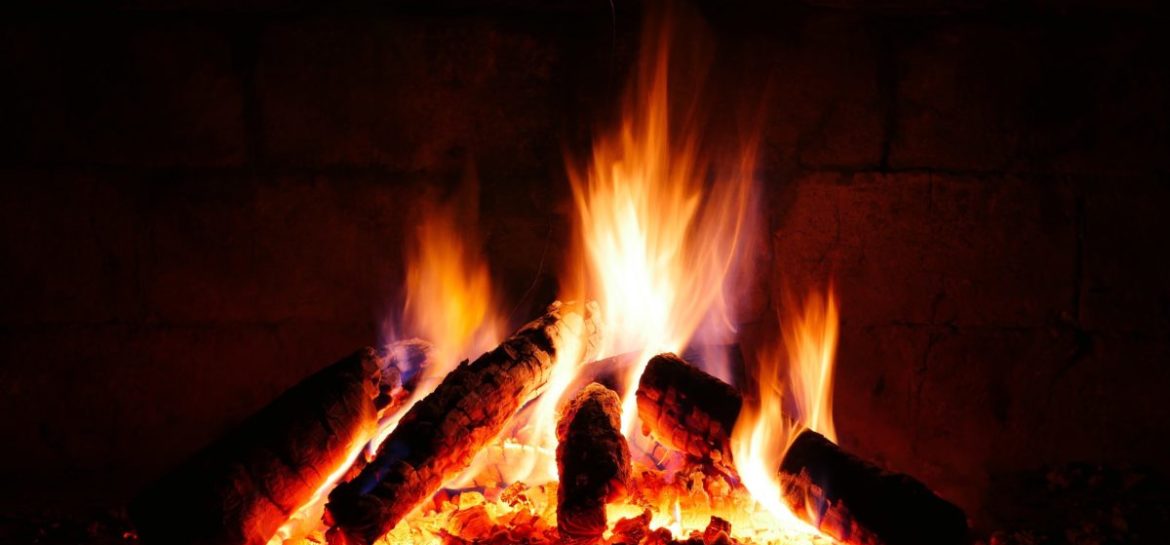
I’ve recently been interviewed by Chemical and Engineering News magazine, which is funny considering I’m neither a chemist nor an engineer. In fact, I’m likely to be fatally disastrous as either.
Recently, a new burned bone paper came out in Analytical Chemistry (Mamede et al., ‘Potential of Bioapatite Hydroxyls for Research on Archeological Burned Bone’, Anal. Chem., 2018, 90 (19), pp 11556–11563). The paper explores the use of inelastic neutron scattering (INS) and FTIR-ATR to analyse burned bones and hopefully distinguish ancient burned bones from just ancient bones. Long-time readers of my work (so just the PhD students I force to read my stuff, then…) will know that heat-induced change in bone mirrors diagenetic change in bone in many ways. It’s a right pain in the arse when examining cremated archaeological material. I was asked to comment on this work, which I did, and I found it to be interesting and to show good potential.
One of the key questions the reporter (Alla Katsnelson) asked me was whether the work represented a significant leap forward for the discipline. It doesn’t, but then very little published work does. And there’s absolutely nothing wrong with that.
Most of the burned bone papers that have come out over the past 10 years or so have presented incremental progress. My early work on the crystallinity index (a measure of the crystal nature of bone which can be related to burning) built off work by the likes of Pat Shipman, and Stiner and also Weiner and Bar-Yosef. My subsequent publications have modified and played on this general theme, presenting, over time, a sort of scientific narrative of how to successfully analyse crystal change in bone. Some of the studies I’ve published were more successful than others, but they all added to our collective understanding. Work by Giampaolo Piga and David Gonçalves have picked up on some of these ideas and taken them in interesting new directions. Christophe Snoeck has also pushed on from the early work of other colleagues to explore heat-induced changes in bone chemistry. What I find personally satisfying about all of this is that we respect each others’ work and are supportive of our respective contributions to the overall subject. The progress that I’ve made over the years is arguably quite small, as is Piga’s, Gonçalves’, Snoeck’s and so on. But when you pull it all together, the field of burned bone studies is fundamentally different, more advanced and more exciting now than it ever has been.
The importance of incremental progress also came up in my House of Lords questioning. Specifically it arose when discussing research funding. I made the point that the important validation and development studies that we need to ensure that our methods are fit-for-purpose are not the exciting blue-skies research projects that get funded. The upshot could be lots of exciting new methods that can’t be used in court.
Not every paper published is going to reshape a discipline, most just provide small developments in specific areas. But that’s how we get better at things, and make our scientific methods more reliable and usable in a greater variety of contexts. So well done to these authors – another step in the right direction for us all.